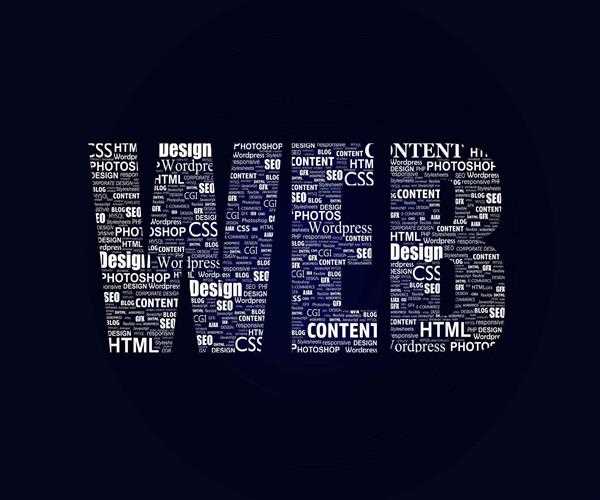Creating a logo can be a daunting task. There are so many things to consider – the colours, the fonts, the design. Where do you even start? The first step is to figure out what you want your logo to represent. What is your business all about? What are your core values? Once you have a good understanding of your company, you can start thinking about design concepts that will reflect that. Stay tuned for our next blog post, where we will discuss more steps in creating a successful logo!
1. What is a logo and what does it represent
A logo is a graphical representation of a company or brand. It is typically used on products, packaging, and advertising. A logo can be simple or complex, but it should be easy to recognize and remember. A logo is often the first thing people think of when they think of a company or brand, so it is important that it be representative of the values and mission of the organization. A logo should be unique and timeless, as it will be used for many years to come. Ultimately, a logo is a symbol that represents everything a company or brand stands for.
That said, having a professional logo is essential for your business. Apart from giving a great first impression, it can make your business more attractive to prospective customers. It can promote brand recognition and help your business stand out. It can also play a crucial role in establishing a solid virtual presence.
2. The different parts of a logo
There are three parts to a logo: the company name, the tagline, and the symbol. The company name is self-explanatory – it is the name of the organization. The tagline is a short phrase that sums up the mission or values of the company. The symbol is a graphical element that represents the brand. It can be an abstract shape or a more literal image, but it should be simple and easy to remember.
3. How to create a logo that represents your business
A logo is one of the most important elements of a company's branding. It is a visual representation of your business, and it should be immediately recognizable to your target audience. When creating a logo, you need to consider your company's values and goals. What kind of message do you want to send? How can you make your logo unique? Answering these questions will help you create a logo that accurately represents your business. Keep in mind that your logo will be used on everything from your website to your business cards, so it needs to be simple, versatile, and visually appealing. With careful planning and execution, you can create a logo that perfectly reflects your company's identity.
Luckily, creating a logo representing your business doesn’t have to be challenging and complicated anymore. Even if you’re not a graphic artist or a designer, you can develop a well-designed logo with the help of a logo-making tool. For example, if you’re running a cleaning service, you can use a reliable cleaning logo maker to customize a logo that suits your brand. This tool has thousands of logo templates, making creating a unique logo design easier and faster.
5. How to choose the right colors and fonts for your logo
The colors and fonts you use in your logo are just as important as the overall design. Each color has a different meaning, so it's important to choose ones that accurately reflect your company. For example, blue is often associated with trustworthiness and stability, while green can represent growth and new beginnings. As for fonts, you want to choose something that is legible and easy to read. After all, your logo will be used in a variety of contexts, so it needs to be legible in small sizes. Sans-serif fonts are typically the best choice for logos, as they are clean and modern. Ultimately, the colors and fonts you use should support the overall message you're trying to communicate with your logo.
6. Common mistakes in choosing a logo
There are a few common mistakes that companies make when choosing a logo. First, they try to cram too much information into the design. A logo should be simple and easy to remember, so it's important to keep the design clean and uncluttered. Second, they choose trendy colors or fonts that will quickly go out of style. It's important to choose timeless colors and fonts that will still look good years from now. Third, they add inappropriate logo marks. Ensure the logo marks you utilize relate to the text to align it with your brand. Fourth, their logo design has no visual hierarchy, which means there’s a lack of natural flow between the main font, second font, logo mark, and colors. A well-designed logo must have a visual hierarchy to fit the eye's natural habits.
Finally, they fail to test the logo in different contexts. A logo should be versatile and recognizable, so it's important to see how it looks on your website, business cards, and marketing materials. By avoiding these common mistakes, you can create a logo that accurately represents your company for years to come.
What should you not do when designing a logo?
When it comes to designing a logo, there are a few things you should avoid. First, resist the urge to be too literal. A logo should be an abstract representation of your brand, not a literal illustration. Second, steer clear of clichés. Overused symbols and images will make your logo look dated and unoriginal. Third, avoid using too many colors or fonts. A logo that is too busy will be difficult to read and remember. Finally, remember that a logo is not a complete branding solution. A well-designed logo is an important part of a strong branding strategy, but it should be used in conjunction with other elements, such as a consistent color palette and brand voice. By following these simple guidelines, you can design a logo that is both memorable and timeless.
7. Tips for promoting your new logo
When it comes to promoting your new logo, there are a few key things to keep in mind. First, consider where your target audience is most likely to see it. If you're targeting people who frequent coffee shops, for example, consider placing your logo on napkins or coasters. If you're targeting people who buy food and drink online, consider having your logo printed on the packaging. Second, make sure your logo is visible and legible. People should be able to see it and identify it quickly. Third, create a consistent look and feel for all of your promotional materials. Use the same colors, fonts, and overall aesthetic so that people can easily recognize your brand.
Fourth, write a blog about your new logo by telling your audience about the design and the reason behind it. It can be an engaging topic that catches their interest, helping your business gain brand visibility. Lastly, promote your new logo on social media by pasting it at the bottom of your photos or as a watermark in your videos. It can increase customer impression and overall brand recognition by keeping your brand top of mind for your target audience.
By following these tips, you can ensure that your new logo gets the attention it deserves. In addition, If you search on google 'logos food and drink' you will see some examples on the right-hand side.
conclusion
Now that you understand the basics of logo design, you're ready to create a logo that accurately represents your company. With careful planning and execution, you can develop a logo that is simple, unique, and memorable. Keep in mind that your logo will be used in a variety of contexts, so it's important to choose colors and fonts that are legible and easy to read. By following these simple guidelines, you can create a logo that accurately represents your company for years to come. Thanks for reading!




Leave Comment